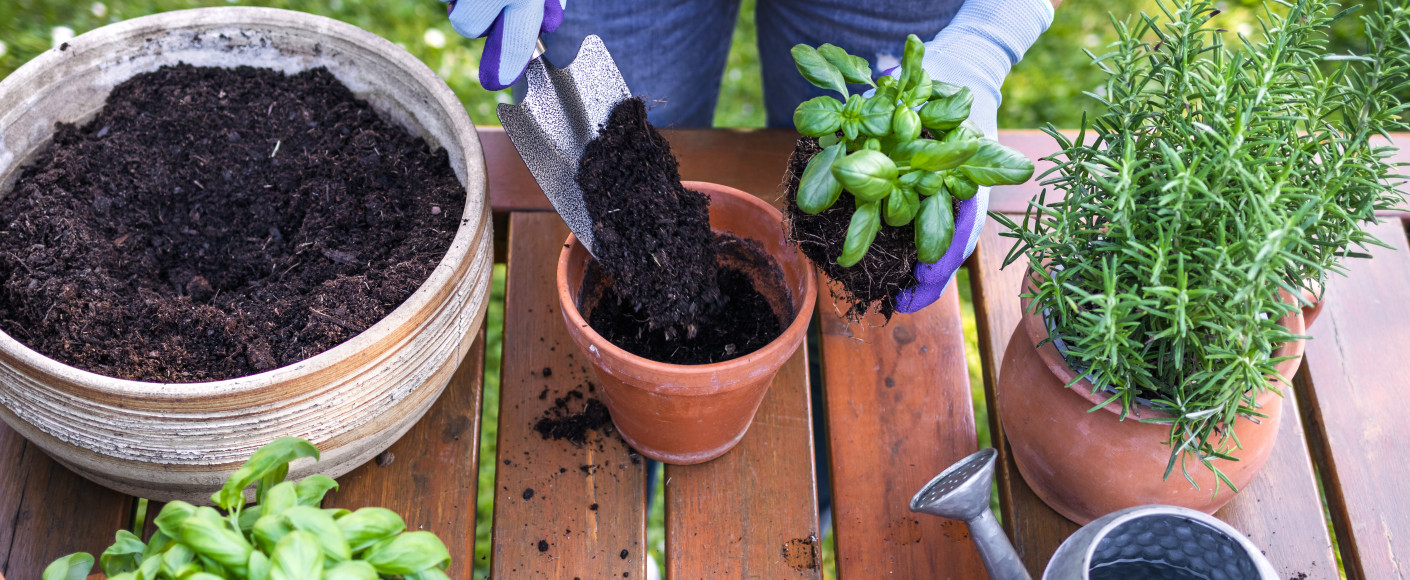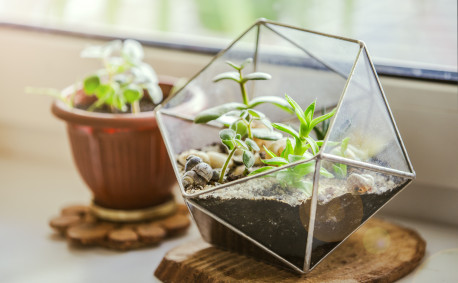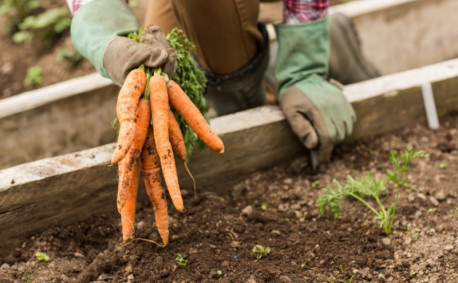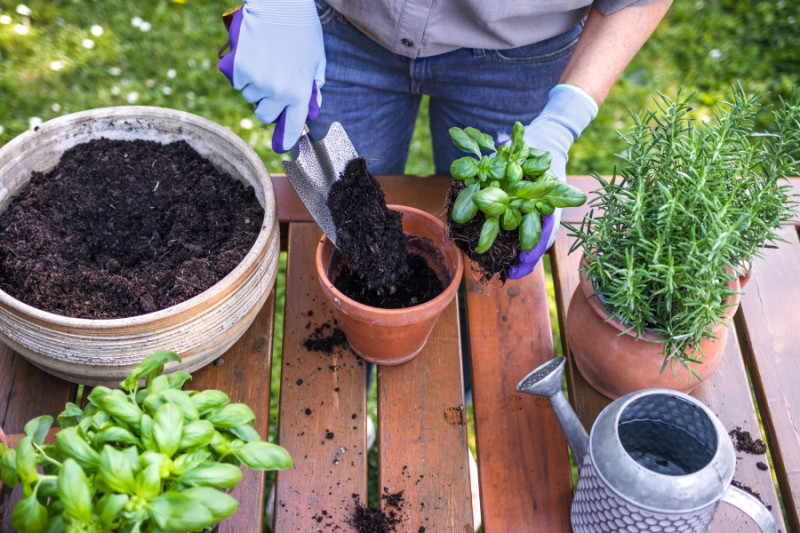Tips for Growing and Cooking With Herbs
When a recipe calls for herbs, it doesn’t get any better than the flavor that comes from clipping them fresh. Plus, they’re super easy to grow! If you have a garden space, porch, patio, balcony or even just a sunny spot inside by a window, you can have fresh herbs.
10 Tasty Herbs to Grow
Think about your favorite recipes and the dried herbs you often reach for. Which would be most helpful to have at the ready?
If you’re having trouble deciding, we’ve listed 10 popular and frequently used herbs here, along with planting, harvesting and storage instructions for each from The Old Farmer’s Almanac.
How to Grow Herbs
Once you’ve decided which herbs to grow, it’s time to decide where to grow them. Every herb has specific preferences, but in general they’re quite versatile — you can grow herbs inside or out, in the ground or in containers.
For outdoor gardens, choose a spot that drains well and receives six to eight hours of sunlight per day. Whether you plant herbs in a designated area within a larger space — think vegetable bed or even among your ornamentals — you’ll want to have them located as close to your kitchen as possible so you can quickly snip what you need.
If you want to plant your herbs in containers, use pots big enough to hold moisture and allow for growth. Ensure the pots have drainage holes at the bottom and that they’re placed where they’ll receive at least six hours of sunlight per day, either inside or outside. If you want fresh herbs year-round, indoor growing is the option for you.
How to Harvest Herbs
The best time to take cuttings is in the morning while the oils in the plants are most potent — sun and heat will cause them to dissipate. For most herbs, frequent harvesting promotes optimum growth (and more flavor at your table). Clip or pinch off what you need (up to 30% of the plant at one time for perennials and 50% for annual herbs), wash well and pat dry. If blooms develop (also called bolting), clip them off to allow the plant to focus its energy on producing leaves. Your herb will taste better, too.
You’ll get the best flavor if you use herbs immediately, but you can refrigerate the cuttings between wet paper towels in a plastic bag for several days. (Store fresh basil at room temperature in a small vase of water — it will wilt and turn black in the refrigerator.)
For longer storage, freeze herbs in ice cubes, butter or olive oil, or dry them in bundles hung upside down.
How to Cook with Fresh Herbs
There are a few general rules for cooking with fresh herbs.
- Dried herbs often have more concentrated flavor than freshly picked. When using fresh herbs in place of dried, double what the recipe calls for.
- Before adding herbs to your dish, release the oils in the leaves by rubbing them between your hands and mincing them with kitchen shears or a knife.
- When using fresh herbs in soups or other slow-cooking recipes, add the herbs in the final 15 minutes to avoid cooking the flavorful oils away.
Adding fresh herbs to a dish is a great way to add flavor without additional salt. For more information about cooking with these seasonings, complete with pairing suggestions, check out this guide from EatingWell.





